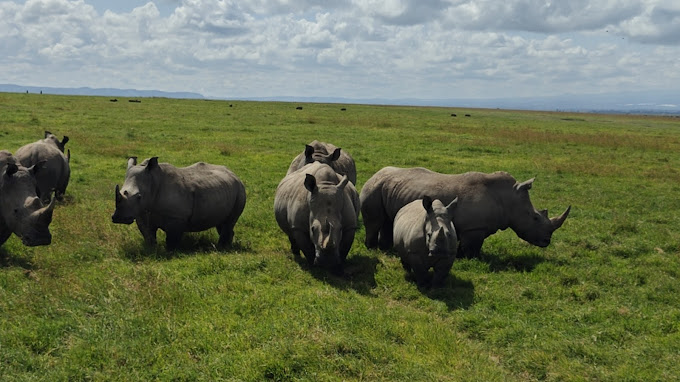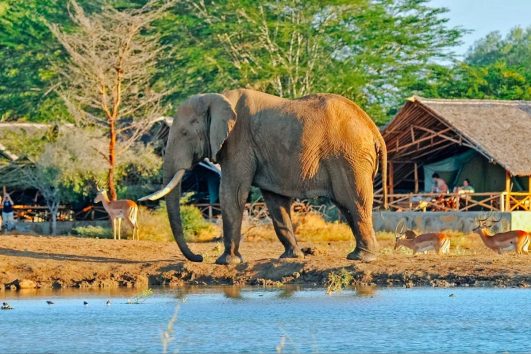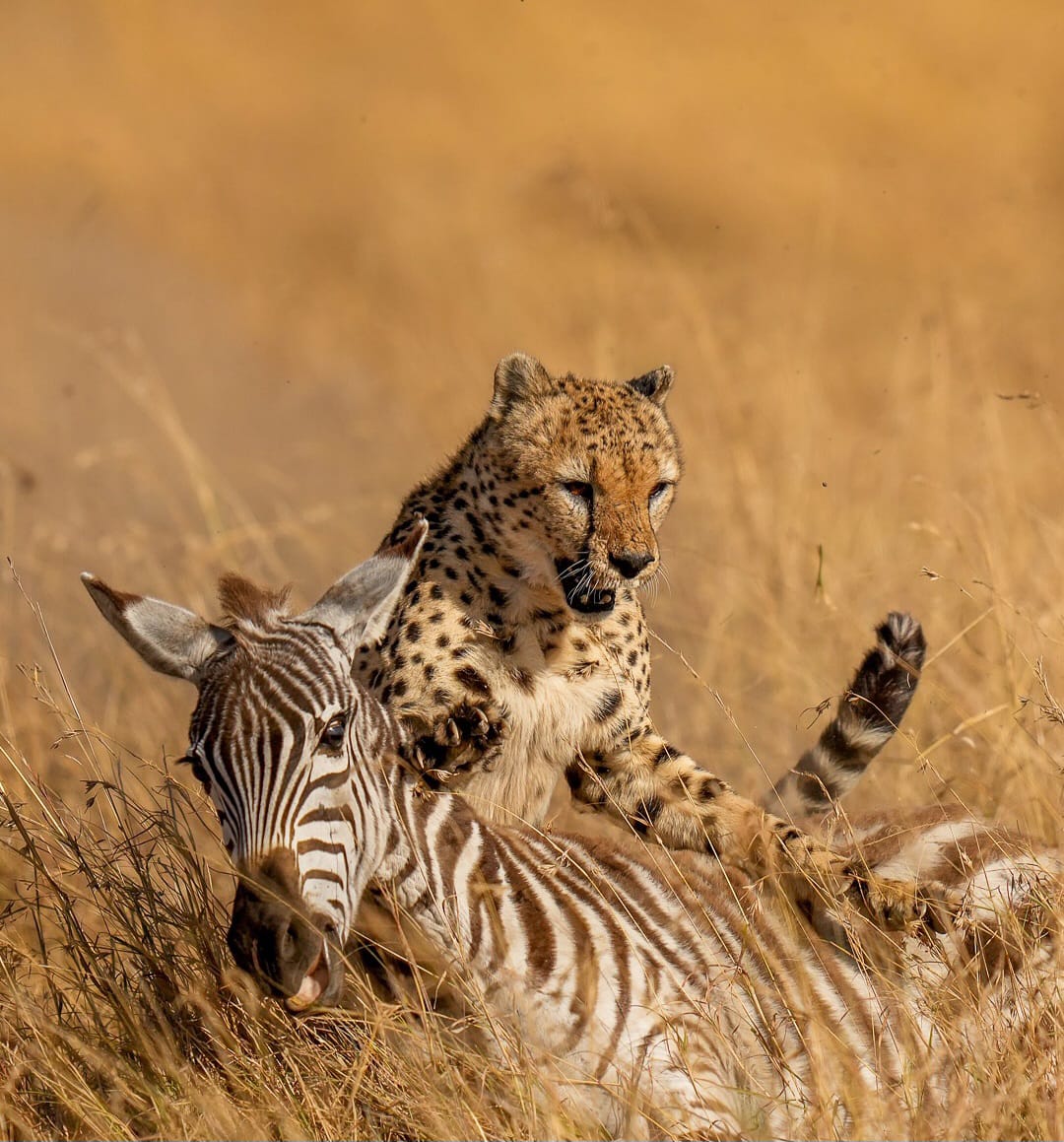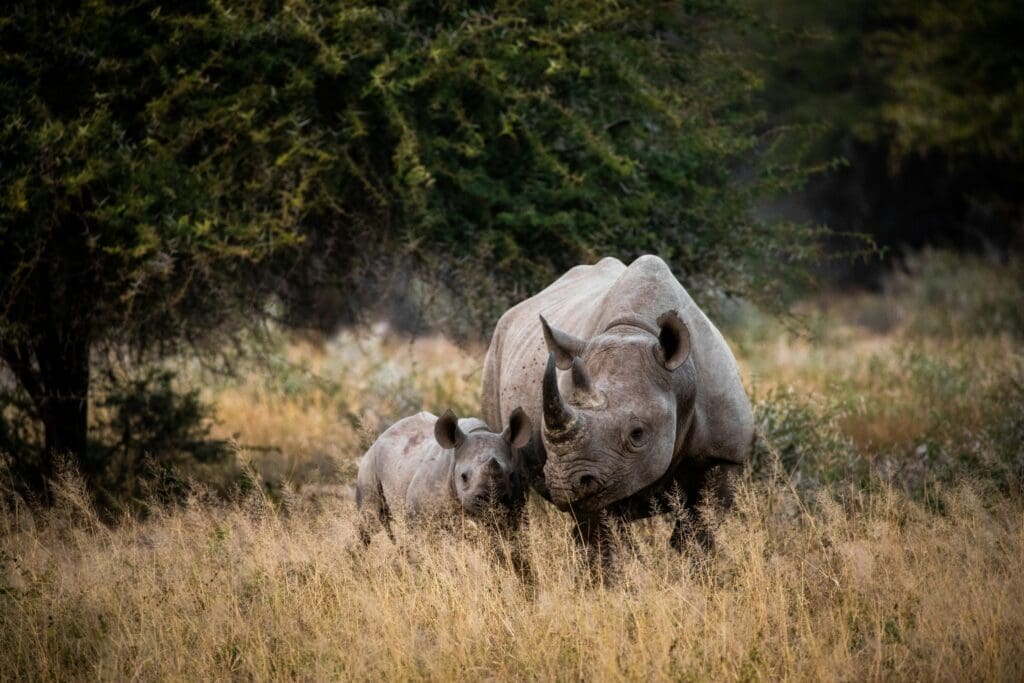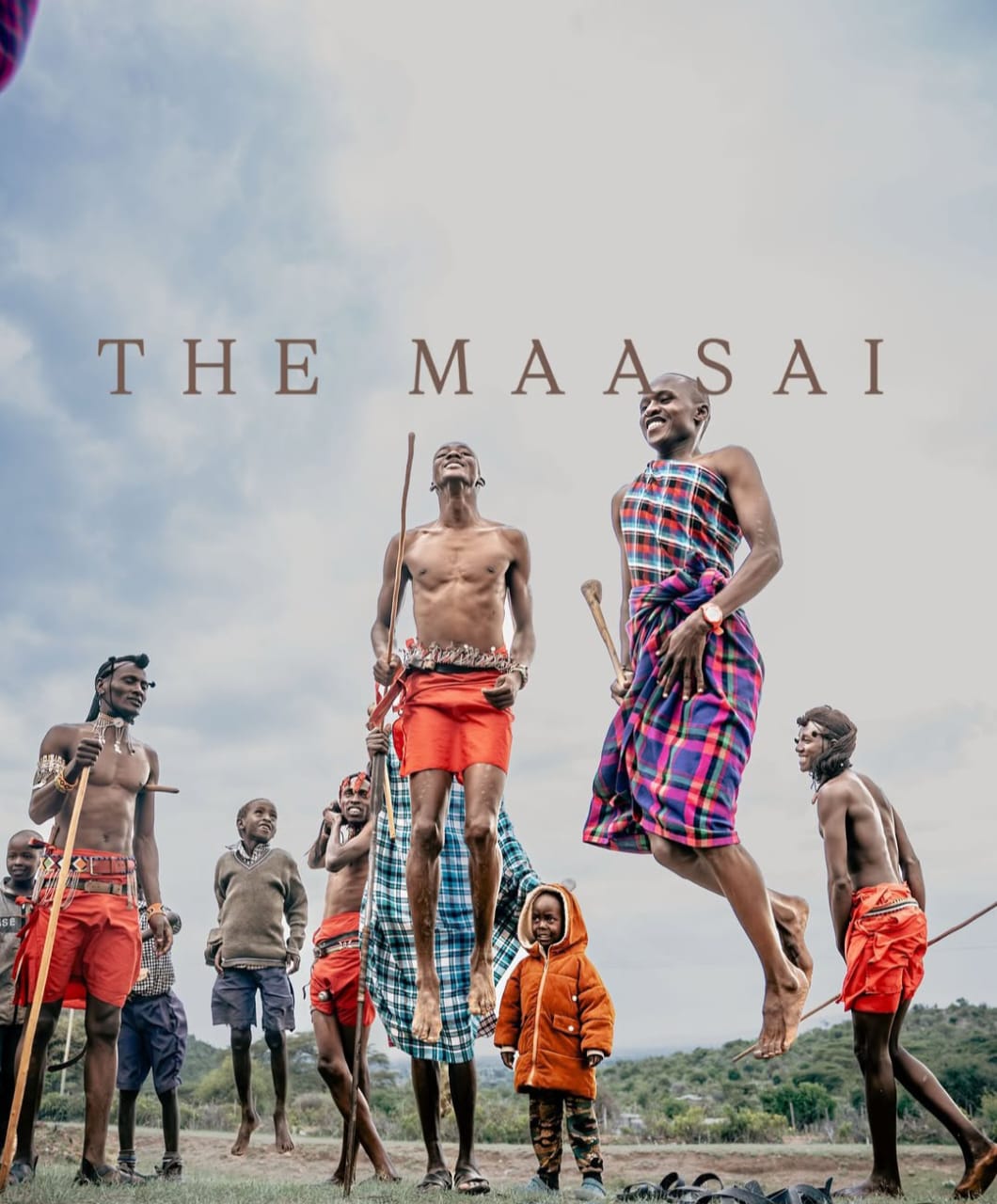Some basic geographical facts are as below:
Altitude: 800–1,230 m approx ;
Rainfall: mean annual is 354mm with peaks in November and April;
Temperature range: 16–32 °C (61–90 °F)
The current territory of the Samburu National Reserve became a wildlife protected area in 1948 within the larger Marsabit National Reserve. Later Rodney Elliott, senior ranger of the National Reserve, suggested to the Samburu District that, in his opinion, the area North of the river Ewaso Ngiro should have become a reserve on its own. The reserve was officially established in 1962 and In 1963, the then Minister of Local Governments decided that the National Reserve was to be administered by the African District Council of Samburu. The Reserve is now a community-based wilderness that is preserved and operated by the resident Samburu communities under a centralized local council. Samburu National Reserve is also one of the two areas, along with the Meru National Park, where conservationists George Adamson and Joy Adamson grew the famous lioness Elsa and then released her in the wild.
This reserve, characterized by an arid and semi-arid climate, is famous for the great variety of animals that can be seen and above all for the fact that some species can be observed only here, like the reticulated giraffe and Grevy zebra. The reserve also has stunning landscapes with wide open spaces for as far as the eye can see, superb year round climate and internationally acclaimed accommodation which ranges from exclusive luxury Tented Camps and safari lodges to budget camping options, Samburu ticks all the right boxes when it comes to visiting a stunning destination in Africa.
The Samburu National Reserve is located in the Samburu District, North of the Equator, at an altitude ranging from 800 to 1,230 meters above sea level and it covers an area of about 165-square kilometers, equivalent to 64 sq miles. The reserve is part of a much larger eco system which includes the bordering Buffalo Springs and Shaba National Reserves. Buffalo Springs covers an area of approximately 131sq km and Shaba covers an area of approximately 239sq km. Samburu is characterized by a desert and semi-desert region with a dry and warm climate; the Southern border of the reserve is demarcated by the Ewaso Nyiro River, that is the only permanent source of water in this protected area, even during the dry season; from this river depends the survival of all the animals in the reserve.
The two major rainfall seasons typical to Kenya also loosely apply to Samburu, with the months from April to May and September to November seeing brief rainly spells nonetheless accompanied by hours of sunshine.
The Samburu people are the indigenous nomadic tribe, who live in an arid zone in North-Central Kenya.They are one of the most famous and interesting tribes in Kenya and still retain many of their traditions as they live largely unaffected by modern day civilization. The Samburu have their unique nomadic culture and way of life not to mention their traditonal dress of red or brightly colored ”shukas” or body drapes.
Though the reserve is famously known for its special five ( Grevy’s zebra, reticulated giraffe, Beisa oryx, Somali ostrich and genenuk ), there are also many other species of animals, mammals, birds and reptiles: lions, leopards, cheetahs, wild dogs, several species of antelopes, gazelles, warthogs, jackals, giraffes, hippos, crocodiles and over 450 species of birds, but especially a large number of elephants; it is estimated that more than 900 specimens live here and it is very common to spot them as they descend to the river to drink and cool off.
Day 1 :
Arrival in Nairobi – Fly to Amboseli
Morning: Arrival at Jomo Kenyatta International Airport in Nairobi, Kenya.
Meet and greet by our representative and transfer to Wilson Airport for your domestic flight to Amboseli.
Flight to Amboseli: Enjoy aerial views of Mount Kilimanjaro and the Amboseli landscape.
Arrive at Amboseli Airstrip and transfer to your chosen lodge or camp.
Lunch at the lodge/camp followed by an afternoon relaxation session.
Afternoon Game Drive: Explore the Amboseli National Park, known for its large elephant herds and views of Kilimanjaro.
Spot wildlife such as elephants, lions, buffalo, giraffes, and various bird species.
Return to the lodge/camp for dinner and overnight stay.
Early morning wake-up call with tea/coffee followed by a sunrise game drive.
Witness the iconic sight of elephants against the backdrop of Mount Kilimanjaro.
Breakfast: Enjoy a bush breakfast surrounded by the natural beauty of Amboseli.
Optional Activities (Choose one): Nature Walk: Explore the area on foot with a knowledgeable guide.
Maasai Cultural Visit: Interact with the local Maasai community and learn about their traditions.
Lunch at the lodge/camp and leisure time to relax or enjoy the lodge’s facilities.
Afternoon Game Drive: Search for more wildlife and enjoy the stunning landscapes of Amboseli.
Return to the lodge/camp for dinner and overnight stay.
Early morning game drive: Capture the golden light of sunrise and observe wildlife in action.
Breakfast at the lodge/camp and check-out.
Transfer to the airstrip for your return flight to Nairobi.
Flight back to Nairobi: Reflect on your Amboseli adventure and the beauty of Mount Kilimanjaro.
Arrival in Nairobi and transfer to Jomo Kenyatta International Airport or your onward destination.


